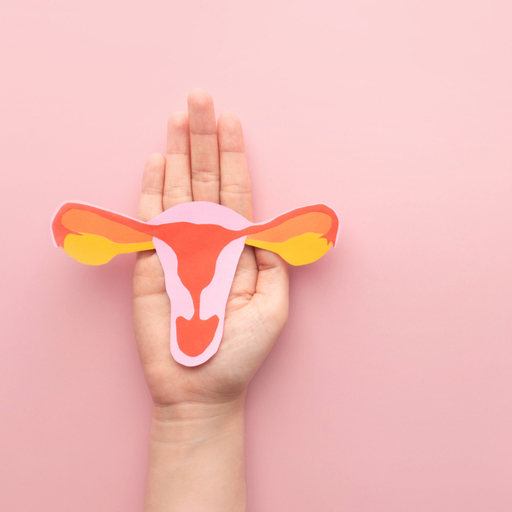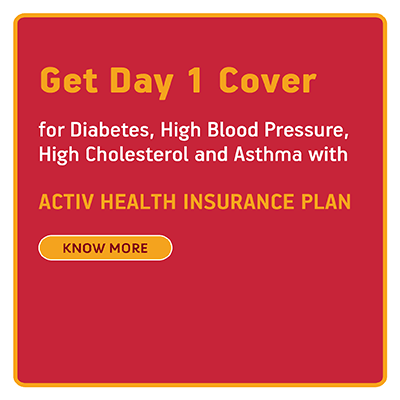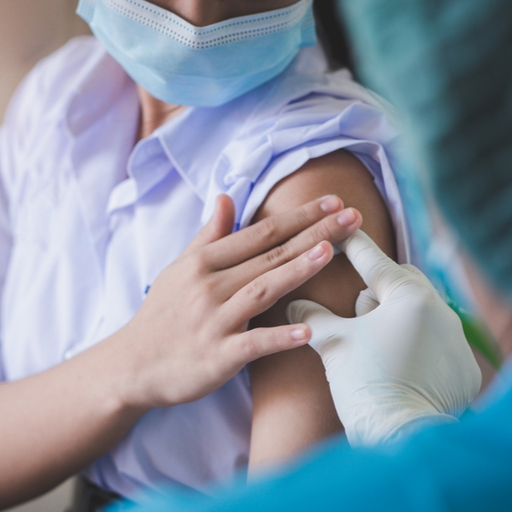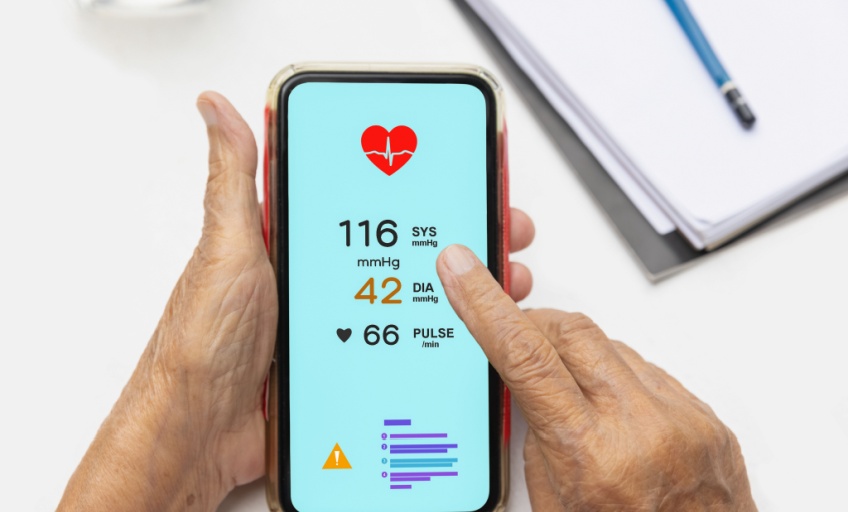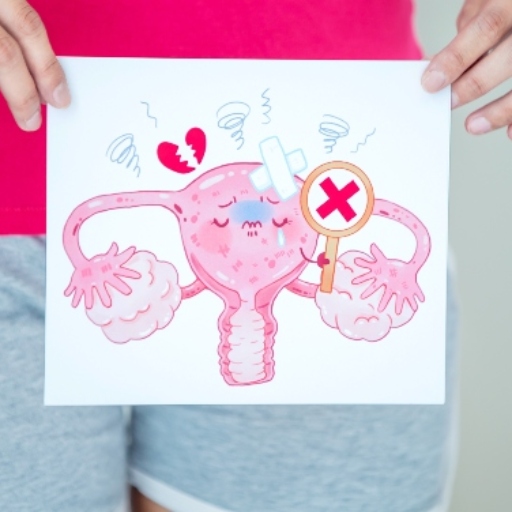Cervical cancer is the fourth most common cancer in women worldwide. A majority of these cases are caused due to a prolonged HPV (Human Papillomavirus) infection. Read on to find out how you can reduce your risk of cervical cancer.
What you should know:
- What are the risk factors causing cervical cancer?
- Precautionary measures to avoid cervical cancer
- Early symptoms indicating cervical cancer
What are the risk factors causing cervical cancer?
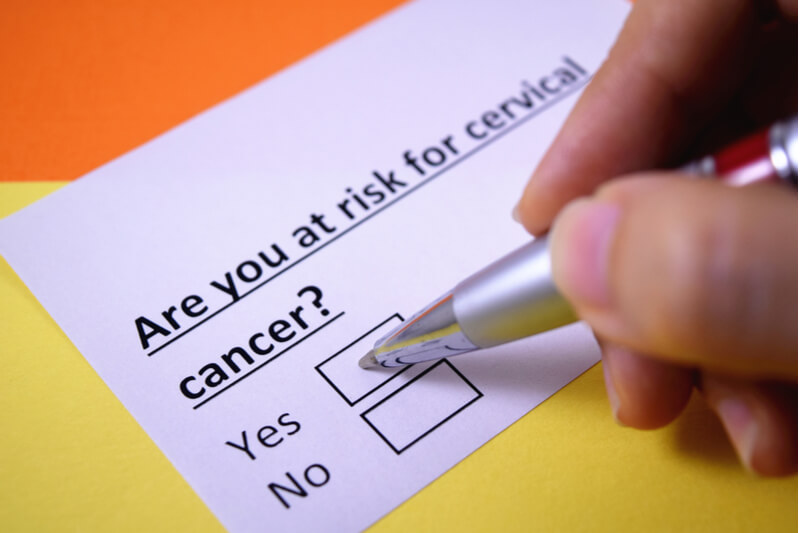
Cervical cancer occurs in the cervix – the lower part of the uterus. While there is no clinically proven way to prevent this cancer, here are some of the risk factors that can cause cervical cancer. Once you understand these risk factors, you can make more informed decisions about your health.
- HPV infection
While an HPV infection is a common risk factor, not all HPV infections are deadly. In fact, only the HPV16 and HPV18 strains of the HPV virus are linked with cervical cancer. Most HPV infections are transmitted sexually.
- Immune system deficiency
A lowered immune system can be a risk for cancer. Factors that negatively affect your immune system can be an organ transplant, treatment for other cancers and an HIV (Human immunodeficiency virus) infection.
- Age
Women under the age of 20 have a lower risk of developing cervical cancer. The risk increases for women in their mid-30s and they might need to undergo regular cervical cancer screenings.
- Smoking
Smoking is a common risk factor for many types of cancers including cervical cancer. Women who smoke are at twice the risk of developing cervical cancer compared to women who don’t smoke.
- Oral contraceptives
Oral contraceptives and birth control pills have been linked with an increased risk of cancer. However, the link between contraceptives and cervical cancer are yet to be proven.
Precautionary measures to avoid cervical cancer
Once you identify the causes of cervical cancer, you should take measures to avoid these risks. Here are some tips to reduce the risk of cervical cancer:
- Take the HPV vaccine
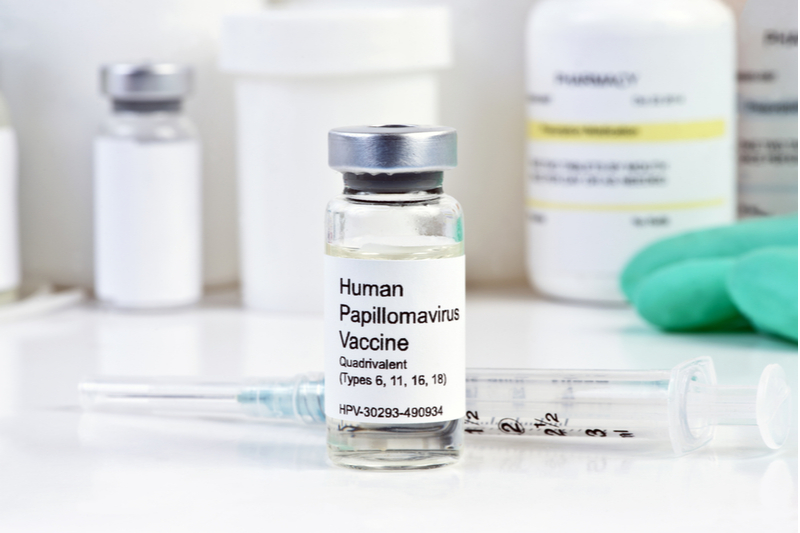
Since an HPV infection is a common risk factor for cervical cancer, an HPV vaccine will be helpful in avoiding this risk quite easily. In fact, as per WHO, HPV vaccination at age 9–14 years is most effective to prevent cervical cancer.
- Quit smoking
Quitting smoking will help in reducing the risk of cancer in the cervix along with the throat, mouth, lung, pancreas, bladder, larynx and kidney.
- Practice safe sex
Use condoms or dental dams to reduce exposure to HPV. This will also help you avoid using contraceptives and birth control pills. You can also choose sexual partners more carefully to reduce the risk of an HPV infection.
- Undergo regular screenings
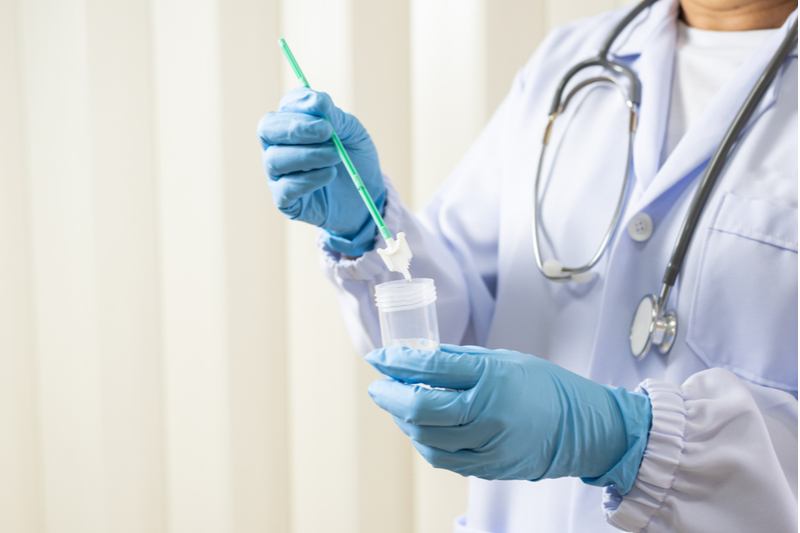
Regular pap smear or liquid-based cytology tests for HPV will be helpful after the age of 30. It can help in early detection and even prevention of cervical cancer.
- Eat healthy
Include foods like fruits and vegetables in your diet against cancer. It will help lower your risk of developing cervical cancer.
Early symptoms indicating cervical cancer
You can be more aware of your health if you identify the early symptoms of cervical cancer. They could also be a sign of a different medical condition, but you should still talk to a doctor about it.
Here are some of the early symptoms of cervical cancer:
- Blood spots or light bleeding between or following periods
- Longer and heavier menstrual bleeding than normal
- Bleeding after intercourse or pelvic examination
- Pain during intercourse
- Increased vaginal discharge
- Bleeding after menopause
- Persistent pelvic or back pain
If you have been diagnosed with cancer here are some tips to cope with the treatment of cervical cancer. For more fitness or nutrition related advice, visit Activ Living.





 1800-270-7000
1800-270-7000


